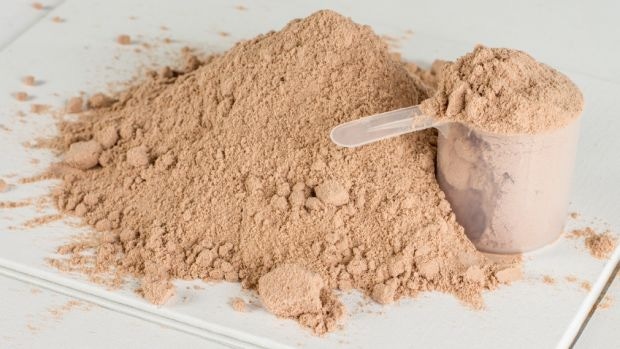The protein spiking issue isn’t going anywhere—in fact, it’s likely to stay for a while—but there are tests and procedures brands can follow to ensure its protein products aren’t adulterated and its consumers are well informed.

Protein spiking is a known problem in the natural products industry, and it won’t disappear any time soon, according to Edgar Grigorian, Genysis Labs director, who gave a presentation in a webinar from the United Natural Products Alliance (UNPA). In the webinar, “Got Protein? How to test and analyze your protein," Grigorian noted that with the increase in popularity of protein products, some companies have added free amino acids to their protein ingredients, which fools some tests into showing more protein is in a product than there actually is.
Cost is the main driver behind this adulteration, Grigorian said, as the most common free amino acids he’s found in test--taurine and glycine—are less expensive than whole protein. He said he’s also seen cases with added arginine and creatine, which are also inexpensive.
Another factor is FDA’s antiquated system of testing protein for label claims; these tests can be fooled by free amino acids or extra nitrogen. The two most historically popular tests of protein—Kjeldahl and Dumas—can show more protein in raw materials and finished products than is actually in the product.
However, Grigorian said the agency has received comments and feedback from industry on this issue, and he expects FDA to change the testing requirements in the near future. Plus, he noted industry trade organizations and certifiers, such as the American Herbal Products Association (AHPA) and NSF International, require their members to calculate the amount of protein by only including proteins that consist of a chain of amino acids connected by peptide bonds. The Council for Responsible Nutrition (CRN) also has similar guidelines.
Grigorian called to two more tests that can show the free amino acid or the nitrogen content of products, which should be subtracted from the total protein to get the true protein content of a product. Those tests are:
Kjeldahl analysis for nonprotein nitrogen content determination, and
Screening material for free amino acid content
However, these methods aren’t perfect in that the former doesn’t tell where the nitrogen comes from, and the latter doesn’t show additional compounds other than the extra free amino acids. Therefore, Grigorian said companies should also use other tests to ensure their protein products are safe and free of adulteration.
But in addition to finding a solution, Grigorian made the important note that consumers need to be educated on the issue, so they can adequately compare the protein content of products on store shelves.
For more on the issue of protein spiking and what companies can do to ensure their products are clean, read INSIDER’s Digital Pulse “Pure Protein Products," and view the INSIDER video interview with Dave Ellis, R.D., former president of the Collegiate and Professionals Sports Dietitians Association (CPSDA).
About the Author(s)
You May Also Like






.png?width=800&auto=webp&quality=80&disable=upscale)